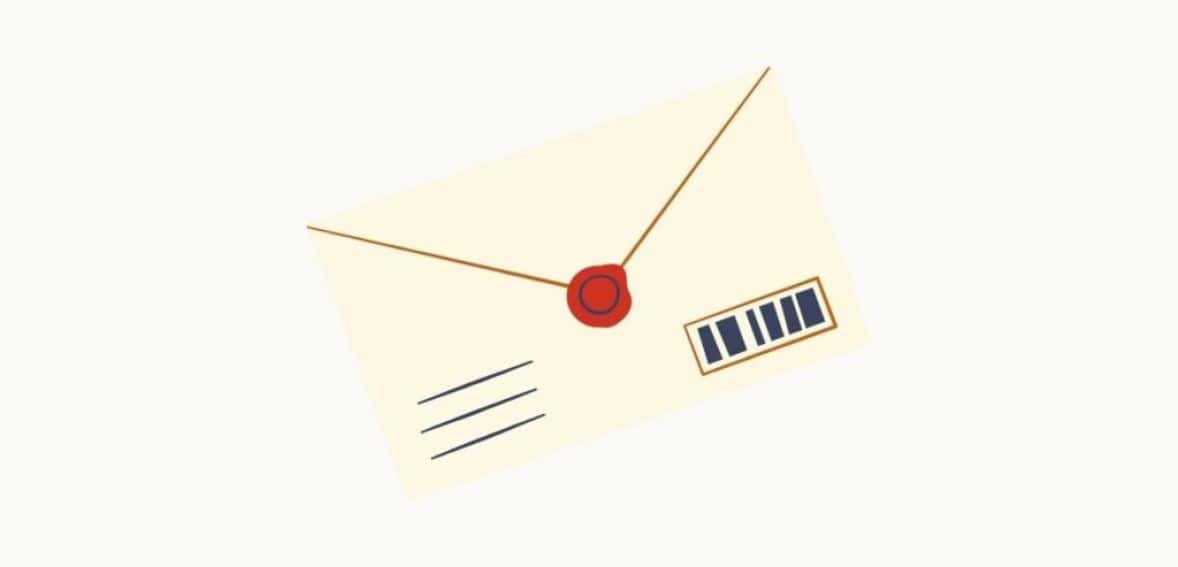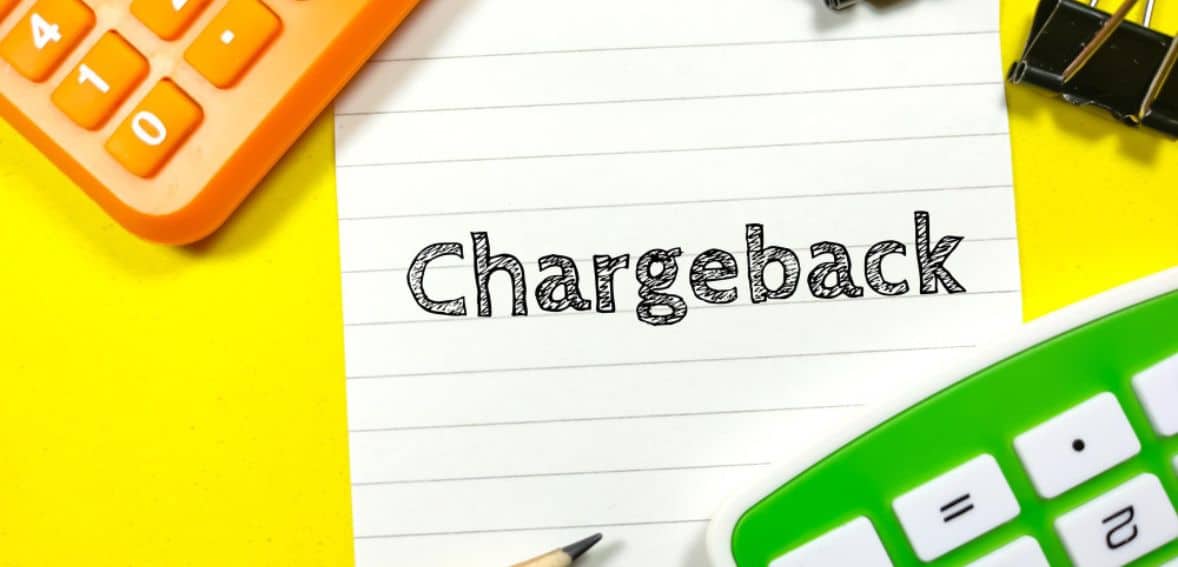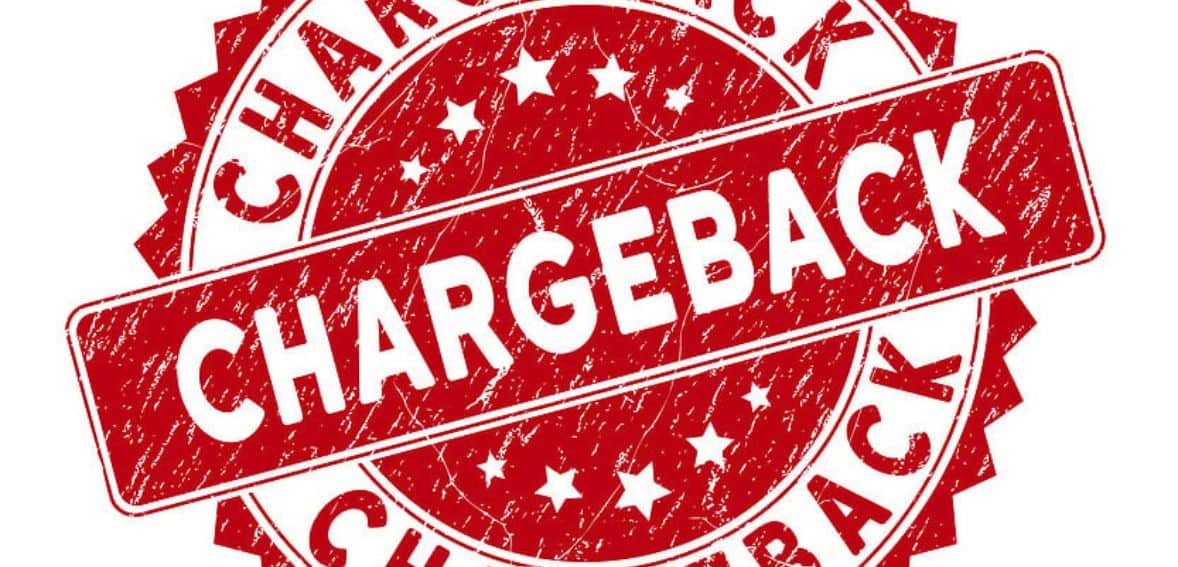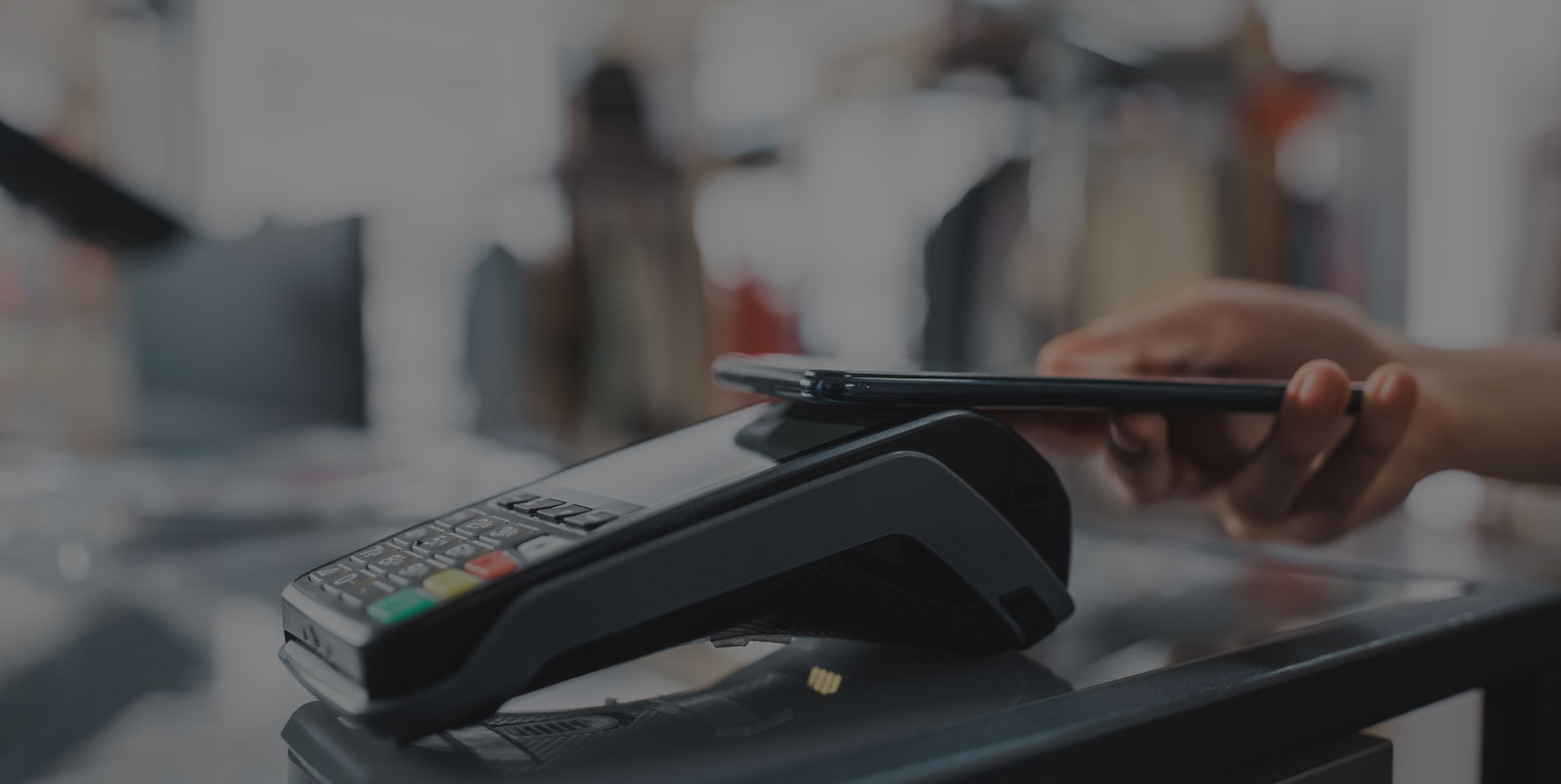
By Cindy Gardea March 18, 2025
Chargebacks can be a frustrating and costly problem for businesses, but a well-crafted rebuttal letter can make all the difference. Whether a customer disputes a transaction due to fraud, delivery issues, or misunderstandings, knowing how to respond effectively can help you recover lost revenue and protect your business.
In this guide, we’ll break down everything you need to know about chargeback rebuttals—from understanding their importance to writing a compelling response that increases your chances of winning the dispute. You’ll also learn common mistakes to avoid, key strategies for preventing chargebacks in the first place, and practical tips to make the process smoother.
Understanding Chargeback Rebuttal Letter

A chargeback rebuttal letter are formal response you send when disputing a chargeback claim. Think of it like a cover letter—it provides an introduction to the main document and explains why the chargeback should be reversed.
Just as a cover letter supports a job application by summarizing qualifications and referring to details in the attached resume, a chargeback rebuttal letter gives a quick overview of your dispute while referencing the supporting evidence included in your response package.
This letter helps banks and credit card issuers understand the situation at a glance and guides them toward the key information that proves the transaction was valid. A well-structured rebuttal letter increases the chances of winning the dispute by clearly laying out why the chargeback is invalid and why the original charge should stand.
Why Do You Need a Chargeback Rebuttal Letter?

When a customer disputes a transaction on their credit card statement, their bank (the issuing bank) reviews the claim to determine if it meets the criteria for a chargeback. If approved, the bank processes the chargeback, which results in the disputed amount being withdrawn from your account by your acquiring bank. You’ll then receive a notification about the chargeback and its reason.
At this stage, you have two choices: either accept the chargeback or fight it through a process called representment. If you choose not to dispute it, you’ll lose not only the transaction amount but also any products or services provided, along with additional costs like shipping and processing fees. On top of that, you’ll be charged a chargeback fee, which can add up over time and negatively impact your business.
If you decide to challenge the chargeback, you’ll need to submit a dispute response package, commonly referred to as a rebuttal. This package should include a chargeback rebuttal letter, which serves as your formal response explaining why the chargeback is invalid. Along with this letter, you’ll need to provide compelling evidence—such as proof of customer authorization, delivery confirmation, and transaction details—to support your claim.
Having a well-structured rebuttal letter is crucial because it helps the banks quickly understand your case and increases your chances of winning the dispute. Without a strong rebuttal, you risk losing both your money and your credibility with payment processors.
What to Include in a Chargeback Rebuttal Letter

Your chargeback rebuttal letter needs to clearly lay out why the disputed transaction was valid and why the chargeback should be reversed. To make a strong case, include the following key details:
1. Essential Identifiers
To ensure that your dispute response is properly linked to the chargeback case, it is crucial to include key identifying details. The bank reviewing your claim needs to quickly match your rebuttal to the specific chargeback. To facilitate this process, make sure to include the chargeback case number, dispute ID, or acquirer reference number (ARN), all of which can be found in your chargeback notice. Additionally, provide your business name and the merchant account number (MID) used for processing the original transaction. Including these details ensures that your response is correctly associated with the dispute, helping to avoid delays in the resolution process.
2. Chargeback Details
When disputing a chargeback, it is important to clearly outline what you are challenging. Start by stating the chargeback reason code, as this provides context on why the customer is disputing the charge. Additionally, include the customer’s name, the transaction amount, and a brief description of the product or service involved. Providing these details helps clarify the nature of the dispute, making it easier for the bank to assess the validity of your claim. A precise and structured explanation strengthens your argument by demonstrating that the transaction was legitimate and aligned with standard business practices.
3. Business & Transaction Context
Giving background information about your business and how the transaction occurred adds credibility to your rebuttal. Clearly describe the nature of your business, the types of products or services you offer, and how customers typically make purchases—whether online, in-store, or through a subscription model. If your business operates with specific terms regarding refunds, cancellations, or billing practices, include a brief explanation of these policies. This context helps the reviewing bank understand the legitimacy of the transaction and how it aligns with your usual business operations. It also provides reassurance that the customer was aware of the purchase and the associated terms before completing the transaction.
4. Summary of Key Evidence
A strong chargeback rebuttal relies on compelling evidence, and your letter should highlight the most important supporting documents. While the full documentation will be included in your response, your rebuttal letter should emphasize key proof that clearly validates the transaction. This may include records showing that the customer authorized the payment, delivery confirmation or tracking information proving the product was received, or communication logs demonstrating that the customer used the service.
Additionally, screenshots or signed agreements confirming the customer’s acceptance of your terms can be valuable evidence. By summarizing the most relevant pieces of proof, you make it easier for the bank to review and rule in your favor.
Chargeback Rebuttal Letters Template
[Your Company Logo]
[Your Business Name]
[Your Address]
[City, State, ZIP Code]
[Your Email]
[Your Phone Number]
[Date]
To: [Bank or Payment Processor Name]
Dispute Department
Subject: Chargeback Rebuttal for Transaction #[Transaction ID]
Dear [Recipient’s Name],
This letter relates to the chargeback claim that was made against our business on [Date] for $[Amount], which was submitted under reason code [Code]: [Reason Title]. The transaction in question involved [Cardholder Name] purchasing [short description of product/service].
We consider this chargeback to be void for the following reasons, based on our records and the accompanying documentation:
- [Evidence highlight 1]
- [Evidence highlight 2]
- [Evidence highlight 3]
- [Evidence highlight 4]
As demonstrated by the attached supporting documentation, this transaction was authorized by the cardholder, and the product/service was delivered as agreed. We ask that this chargeback be refunded since we have complied with our responsibilities as the merchant.
We value your quick attention to this issue and anticipate a successful outcome. If you need any additional information, just let us know.
Sincerely.
[Your Name]
[Your Company Name]
Tips for Writing an Effective Chargeback Rebuttal Letter

Writing a strong chargeback rebuttal letter can make a significant difference in whether your dispute is successful. Here are some key tips to help you craft a persuasive and well-structured response:
1. Submit Your Rebuttal on Time
Chargeback disputes have strict deadlines, and missing them means automatic forfeiture. As soon as you receive a chargeback notice, check the submission deadline and gather your response materials promptly. The faster you act, the better your chances of success.
2. Tailor Your Letter to the Chargeback Reason
Not all chargebacks are the same, so a generic response won’t be effective. Adjust your rebuttal to directly address the chargeback reason code. Whether it’s an unauthorized transaction, product not received, or dissatisfaction claim, make sure the response specifically disproves the customer’s argument.
3. Keep It Concise and Clear
A long, unfocused letter can dilute your main points. Keep your rebuttal to one page if possible, with a maximum of two pages. Clearly state why the chargeback is invalid and highlight the key evidence supporting your claim. Go for bullet points or short structure paragraphs for more improved readability.
4. Consider Chargeback Management Services
If chargebacks are a recurring issue for your business, professional chargeback management services can help. These services specialize in handling disputes, gathering evidence, and improving your chances of winning cases. They can save time and provide valuable insights into improving your chargeback prevention strategy.
5. Understand the Chargeback Process
The more you know about how chargebacks work, the better you can defend against them. Familiarize yourself with the roles of issuing banks, acquiring banks, and dispute timelines. Understanding what evidence banks look for will help you build a stronger case.
6. Review Your Letter for Accuracy
Errors, missing details, or unclear statements can weaken your rebuttal. Before submitting your letter, double-check that all transaction details, dates, and supporting documents are correct. A well-organized, professional response increases credibility.
7. Get a Second Opinion
Sometimes, A new perspective might point out errors or offer suggestions for improvement. reasons or make suggestions for enhancements. Have a colleague or legal advisor review your rebuttal letter to ensure it’s clear, factual, and persuasive before you submit it.
With these tips, you can create a compelling rebuttal letter that strengthens your case and increases your chances of successfully overturning a chargeback.
Common Mistakes to Avoid in Chargeback Rebuttals
1. Not Providing Enough Evidence
One of the biggest mistakes businesses make is submitting a rebuttal without sufficient proof to support their case. To strengthen your argument, always include key documentation such as transaction receipts, order confirmations, shipping and delivery records, and any communication with the customer. The more concrete your evidence, the better your chances of successfully disputing the chargeback.
2. Using a Generic Template
While templates can be helpful as a starting point, simply copying and pasting a generic response won’t be effective. Every chargeback case is different, so your rebuttal letter should address the specific details of the dispute. Take the time to tailor your response, ensuring it directly addresses the chargeback reason and includes relevant supporting documents.
3. Letting Emotions Take Over
It’s frustrating to deal with an unfair chargeback, but venting your frustration in the rebuttal letter won’t help your case. Avoid emotional language or blaming the customer, as this can make the situation worse. Instead, keep your tone professional, factual, and focused on presenting clear evidence.
4. Ignoring the Root Cause
Fighting a chargeback without understanding why it happened in the first place can lead to ongoing disputes and potential damage to your business reputation. Look into the root cause—was it a misunderstanding, a processing error, or possibly fraud? Addressing these issues proactively can help prevent future chargebacks.
5. Missing the Submission Deadline
Even with a solid rebuttal, missing the deadline will automatically result in losing the dispute. Each payment processor has a specific timeframe for submitting chargeback responses, so be sure to act quickly. Staying organized and responding on time ensures your case is considered.
By avoiding these common mistakes, you can improve your chances of winning chargeback disputes and protecting your business from unnecessary losses.
Effective Strategies to Prevent Chargebacks

Chargebacks can be costly and frustrating, but taking proactive steps can help minimize their occurrence. By improving communication, security, and customer experience, businesses can reduce disputes and protect their revenue. Here are some key strategies to prevent chargebacks:
1. Clear and Transparent Refund Policy
A confusing or hidden refund policy can lead to disputes. Make sure your policy is easy to understand, clearly visible on your website, and straightforward to follow. When customers know what to expect, they are less likely to file a chargeback out of frustration.
2. Customer-Friendly Billing Descriptions
Unexpected or unfamiliar charges are a common reason for disputes. Ensure your business name appears clearly on billing statements to avoid confusion. If you sell sensitive or discreet products, consider using a neutral company name to protect customer privacy while avoiding unnecessary chargebacks.
3. Accurate Product Information
Misleading or vague product descriptions can lead to customer dissatisfaction and disputes. Provide detailed descriptions, high-quality images, videos, and sizing charts when necessary, so buyers know exactly what they are purchasing. The more transparent you are, the less likely a customer will feel misled.
4. Strong Fraud Prevention Measures
If your business experiences a high chargeback rate, using fraud detection tools can be a game-changer. Consider third-party fraud prevention services that analyze transactions in real time to identify potential risks before they become problems. Features like address verification (AVS) and card security codes (CVV) can also help prevent fraudulent transactions.
5. Reliable Communication and Order Tracking
Customers appreciate clear, timely communication. Send order confirmations, shipping updates, and tracking details to keep them informed about their purchase. If delays occur, notify customers immediately to prevent frustration and disputes over missing items.
6. Secure Shipping with Delivery Confirmation
For physical goods, always use a tracking system that provides proof of delivery. If possible, require signatures for high-value items. This way, if a customer claims they never received their order, you have verifiable proof to challenge the dispute.
7. Advanced Security for Online Payments
Enhancing payment security reduces fraudulent transactions and chargebacks. Implement multi-layered authentication tools such as 3D Secure (3DS) to add an extra level of protection against unauthorized purchases. This reassures both your business and your customers.
8. Watch for Fraud Warning Signs
Be on the lookout for red flags, such as mismatched billing and shipping addresses, bulk orders from new customers, or sudden shifts in location from domestic to international addresses. Monitoring these patterns can help you stop fraudulent transactions before they happen.
9. Exceptional Customer Support
Many disputes stem from unresolved customer issues. Providing responsive and empathetic customer service can prevent chargebacks by resolving complaints before they escalate. Make it easy for customers to reach you through multiple channels, such as phone, email, and live chat.
By implementing these strategies, businesses can reduce chargebacks, protect their revenue, and build stronger relationships with their customers.
Conclusion
Chargebacks can be costly, but a strong rebuttal letter and proactive prevention strategies can help protect your business. Stay organized, communicate clearly, and use solid evidence to reduce disputes and safeguard your revenue.
